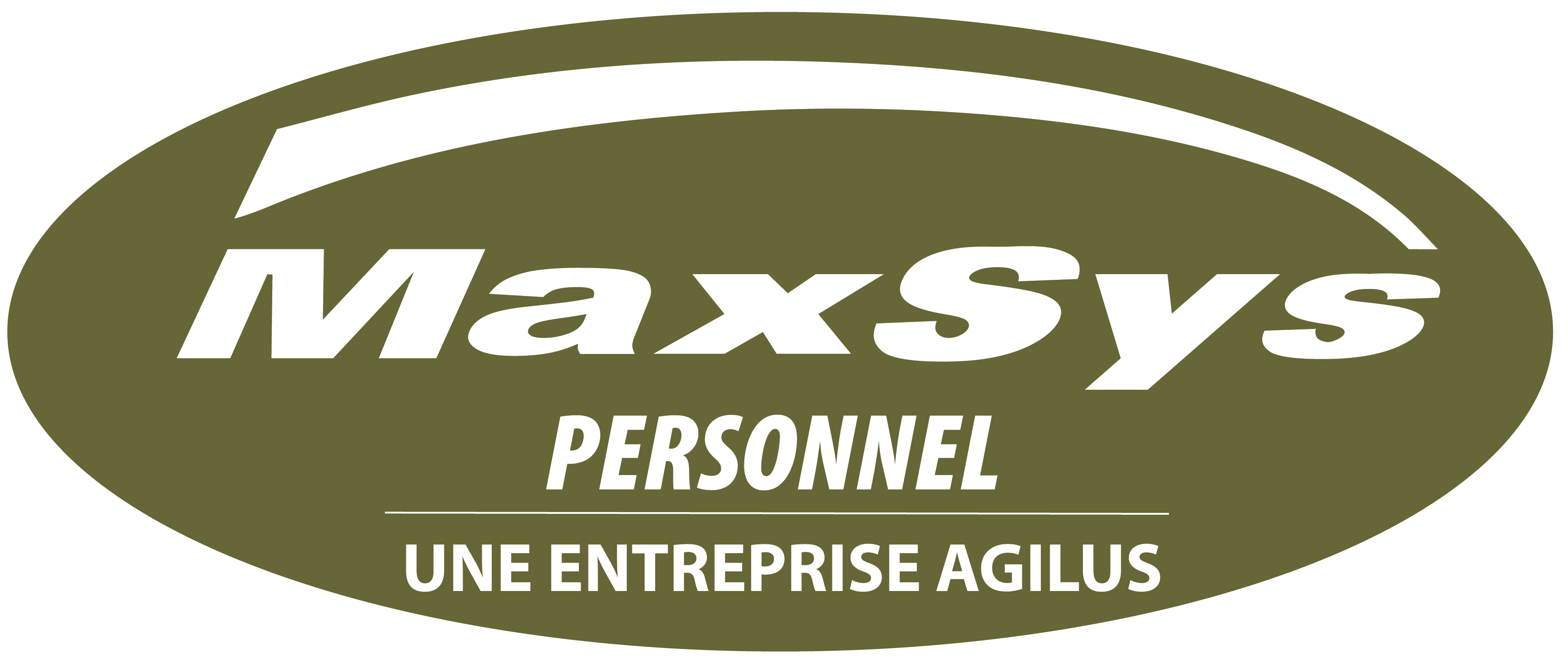juillet 13, 2020
ROI
ROI, or return on investment, is a common business term used to identify past and potential financial returns. Managers and executives look to the ROI of a project or endeavor because this measure indicates how successful a venture will be. Often expressed as a percentage or a ratio, this value describes anything from a financial return to increased efficiencies.
What is ROI?
Any expense a company has can be calculated in terms of ROI. In many instances, ROI is used to calculate how much of a value an investment is. For example, an angel investor would want to know the potential ROI of an investment before committing any funds to a company. Calculating a company’s potential or actual financial ROI typically involves dividing the company’s annual income or profit by the amount of the original or current investment.
ROI is also used to describe “opportunity cost,” or a return the investor gave up to invest in the company. If a business owner were to invest their money in the stock market, they could expect to receive an annual return of at least 5%. By investing that same money in a company, an owner would expect to see a similar, if not higher, ROI for their money.
Companies even use ROI to measure the success of a specific project. If a business owner were to invest money in an advertising campaign, they’d analyze the sales generated by the ad and use that information to determine the ROI. If the money generated exceeded the amount spent, then a business could consider it an acceptable ROI.
Why is ROI important in business?
Only smart businesses that spend wisely and monitor ROI closely survive in the long run. If you aren’t seeing an optimal ROI on a certain endeavor, stop throwing money at it; you’re better off scrapping it. Continuing to spend on lost causes is a surefire way to run out of money and run your business into the ground.
What is considered a ‘good’ ROI?
What’s considered a good ROI depends on the investment. When a company is spending money on a piece of equipment, for example, the ROI is in productivity. Marketing spend, on the other hand, requires an ROI in sales. The ROI you expect from your search engine optimization efforts will be different from the ROI you look for from an investment in a new factory.
Challenges of ROI
Everybody thinks they can predict an ROI, but nobody can see the future. Averages can be found through big data, but for most us, only a well-thought-out investment will see positive returns. Blindly investing without doing your due diligence is never a good idea.
Limitations of ROI
You can gain a lot of financial foresight by calculating your ROI, but measuring your business’s success based on an ROI has its limitations.
Here are three limitations to consider.
- Your company’s cash flow is not directly reflected in your ROI, so your business’s financial health may not always be measured completely or accurately using ROI alone.
- To calculate an accurate ROI, you need a firm grasp of your future business expenses.
- ROI only measures the financial success of a project.
Benefits of ROI
Understanding your profits, and the impact of an investment on your business, is important and extremely helpful when making decisions for your company.
Here are two more benefits that calculating your return on investment provides.
- Using an ROI allows business owners to track and analyze short- and long-term projects.
- ROI helps you evaluate your business’s financial performance.
ROI formula
One way to calculate ROI is to divide the net profit (return) by the amount that was invested:
ROI (%) = net profit / investment x 100
Another way to calculate ROI is to take the gains of an investment, subtract the cost of the investment and divide the result by the cost of the investment:
ROI = (gains – costs) / costs
For example, let’s say you make a major purchase, like buying a home.
You purchase your home for $1,000,000, After living in your home for three years, you sell it for $1,120,000. The result, after three years, your home increased in value by $120,000.
If we follow the ROI = (gains – costs) / costs formula, we find that the return on investment is 12%.
($1,120,000 – $1,000,000) / $1,000,000 = 0.12
Learning from the past ROI calculations are not intended to be precise methods of measurement, but rather ways to approximate. More accurate projections always help, but some error is generally expected with ROI. Understanding the ROI of any project or marketing campaign helps in identifying successful business practices.


